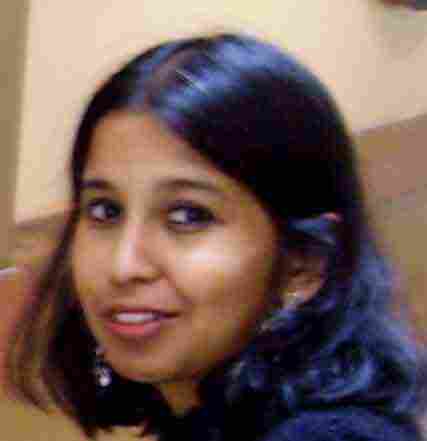Contribute
| Indian Americans - Donning A New Avatar! |
Rajashree Ghosh
08/02/2006
With August 15 approaching, many a thought comes to the mind as one remembers India gaining independence so many decades ago. Unity in Diversity as a paradigm is taught and expressed many times over in the Indian Constitution as well as in most patriotic narratives and discourse. That there are diverse groups of people is a given in the Indian scenario. Often, looks, clothes, religious, regional and linguistic affiliations, caste and gender play a deciding role in asserting one's identity.
In the 'melting pot' that is the U.S., often these distinct identities and sometimes the not so disparate aspects of identity seem to be relegated to the back seat. Recognized as a general category of "Indians," many of those who belong in there find themselves re-evolving themselves and seeking new avatars. Sometimes lumped together with other Asians or South Asians and we scratch our heads when asked to enumerate the race. Not African American or Black, not Caucasian, not Hispanic, not Asian, not Native American-our choices are limited. How about proto-Australoid?!
The approach to living in America is to conform to a different lifestyle and different categorization. Assimilation is the buzzword whereby every concerned individual follows a uniform lifestyle that the culture imposes on people. Its all about homogeneity.
And this lifestyle manifests its trust and faith wily nily in affirmative acts where:
* Everyone deserves the opportunity to participate fully within the economic communities.
* Workplaces are enriched by the diversity of their workforces.
* People are valued for their differences - not in spite of them.
Diversity changes its flavor here. It is an umbrella that shelters people from wrongfully being treated because of their race, gender, war veterans, disabled and the elderly. For instance, Chapter 151B of the General Laws of Massachusetts speaks of unlawful discrimination against race, color, religious creed, national origin, ancestry or sex. Many a time job postings will have a small byline saying EEO or equal employment opportunity.
It all seems to be oriented to securing a peaceful, harmonious work place peace that contributes to the production of goods and knowledge that make up this super consumer and profit making economy. Somehow the diverse elements of individual affiliations are superseded by the overriding concern of the general good. It undermines the wealth of knowledge that exists in each diverse trait. Discourses on diversity are relegated to workplaces where prejudices, biases and "isms' such as racism, ageism, lookism or what have you are tackled by the strong word of law.
Most Indians deal with changed business strategies and work ethic. And battle with their identities as Sikhs explaining why they wear turbans; as Hindus explaining why their women wear a dot on their forehead; why Muslims will fast during Ramzan; why Christians also wear sarees and so on. And why Indians don't celebrate Thanksgiving! Many Indian festivals happen when the sun and the moon show the time and the moment and never can really predict the date when one wants to take the day off to celebrate.
That is what living amidst a fruitful diversity of cultures is all about. It is unpredictable, varied and certainly not homogeneous in form or content. Fifty nine years of independence and a civilization that is a several thousands of years old has much to offer. That Indians excel at what they do, is no cause for surprise and is certainly not a surpise to me!
Rajashree Ghosh is a Visiting Scholar at Women's Studies Research Center, Brandeis University.
You may also access this article through our web-site http://www.lokvani.com/
